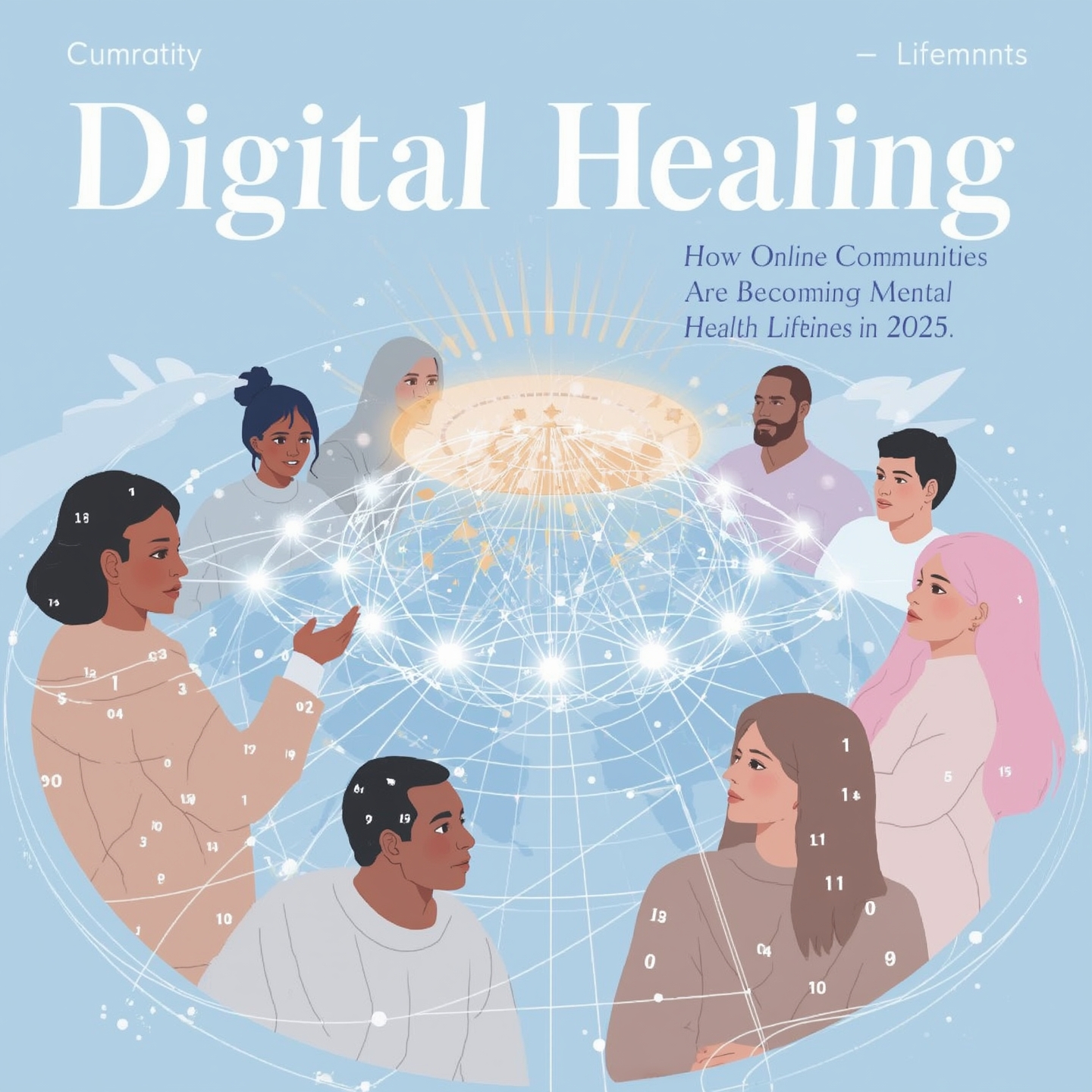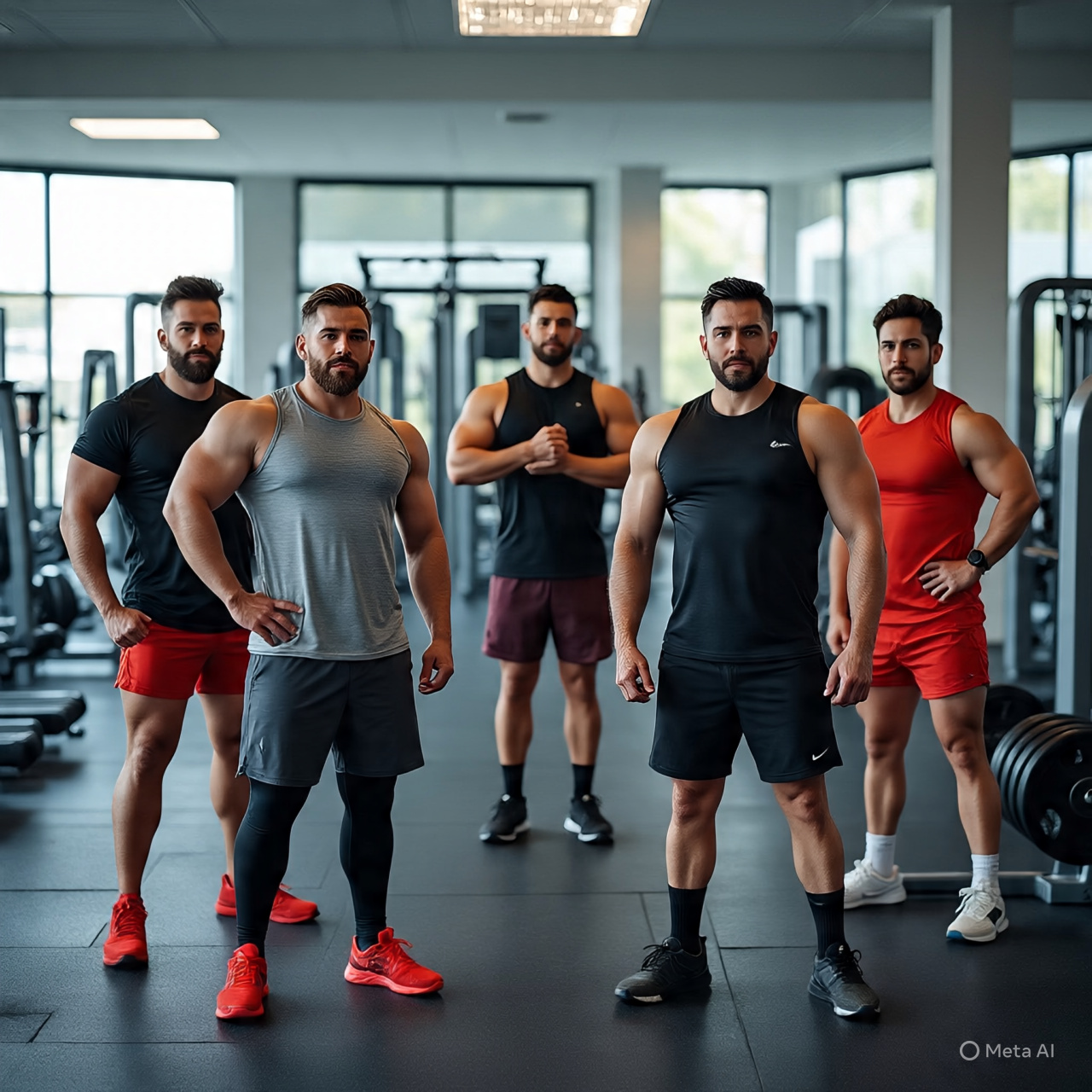A growing number of women across the UK and US are embracing rucking—walking with weighted backpacks—as a simple, low-impact fitness routine to build strength, improve bone health, and enhance daily resilience.
A growing number of women across the UK and US are embracing rucking—walking with weighted backpacks—as a simple, low-impact fitness routine to build strength, improve bone health, and enhance daily resilience.
Something powerful is happening in women’s fitness—and it begins with a backpack. Across the UK, US, and beyond, women are turning toward a minimalist, back-to-basics fitness trend known as rucking. The practice is simple: walking while carrying a weighted pack. What started as a military-style conditioning method has evolved into a mainstream health movement, especially among women seeking strength, stability, and long-term wellness.
This is not a passing fad. Rucking is growing rapidly because it’s effective, accessible, and meaningful. It requires no gym, no screens, no subscriptions. Just a pair of good shoes, a properly weighted backpack or vest, and a willingness to move forward with purpose.
The effectiveness of rucking comes from its functionality. Adding resistance to walking transforms a basic aerobic exercise into a full-body strength workout. The additional weight activates key muscle groups—glutes, hamstrings, core, shoulders—without increasing joint impact. It also promotes bone density by applying load, a critical benefit for women navigating hormonal shifts that increase osteoporosis risk.
Unlike high-impact activities, rucking is gentle on knees and hips. The added resistance increases heart rate and caloric burn while keeping the movement low-impact and joint-friendly. Rucking also enhances postural awareness, improves gait mechanics, and strengthens stabilizing muscles that protect the spine and joints.
Over time, this practice builds muscle endurance, core control, and cardiovascular health, all while integrating into a normal daily routine.
What’s making rucking especially appealing is its growing presence among women of all ages. From busy mums to career professionals and retirees, women are gravitating toward the simplicity of rucking. It fits neatly into real life—no complex programming, no intimidating equipment. Just meaningful, mindful movement that works.
Women are reporting noticeable changes in body composition, energy levels, and mental focus. Many say rucking helps them feel stronger and more connected to their bodies. In an era where fitness often feels overwhelming or inaccessible, rucking is giving women a new path forward—one based on consistency, simplicity, and progress.
Rucking also offers substantial mental health benefits. Walking outdoors already contributes to stress reduction and mood elevation. Add weight, and it becomes an act of intentional resistance. Carrying a physical load has a symbolic power—it mirrors emotional resilience. For many women, rucking is both a workout and a meditation.
The rhythmic motion of walking, combined with the sense of challenge from the weight, provides clarity and calm. It’s a break from screens and overstimulation. Many women find their best ideas, emotional breakthroughs, or moments of peace during their ruck.
Rucking creates a habit loop—put on the pack, go for the walk, feel better, repeat. That loop builds discipline, self-respect, and calm confidence.
Rucking is safe and adaptable, but there are guidelines to follow for beginners. Here’s a simple starter framework:
Begin with 5% of your body weight in a sturdy, well-fitting backpack. Start with short walks—15 to 20 minutes—and focus on form.
Maintain an upright posture: keep your head aligned with your spine, engage your core, and avoid leaning too far forward.
Use well-cushioned shoes with good arch support.
Gradually build up to longer walks and heavier weight—but never at the expense of comfort or form.
Listen to your body. Fatigue is okay. Pain is not. Adjust weight or time as needed.
For women starting after 40, proper warm-up and post-walk stretching are essential. Dynamic stretches before and foam rolling or yoga after can help maintain muscle recovery and joint health.
One of the beauties of rucking is the minimal gear requirement. All you truly need is:
A durable backpack or specially designed rucking vest
Weight (sandbags, dumbbells, or plates)
Supportive footwear
Optional items: gloves, hydration packs, reflective gear for visibility
Backpacks with chest and waist straps are ideal as they distribute weight more evenly across the torso. Weighted vests designed for women are also increasingly available, shaped to contour comfortably while avoiding bounce or strain on the neck and shoulders.
Remember, comfort and fit are more important than load. Rucking is about progress over perfection.
Susan, 44, a marketing executive in Manchester, discovered rucking through a podcast. “I started with just five kilos in my backpack and walked my dog every morning. After three weeks, I noticed my legs were firmer, I was sleeping better, and I felt emotionally clearer.”
Jasmin, 52, from Glasgow, shared that after menopause, rucking helped her rebuild bone mass and feel in control again. “I used to think strength training had to mean barbells. But this? It feels natural. I walk tall now.”
A group of women in Bristol created a “Coffee & Ruck” morning meet-up, where they walk for 40 minutes with weighted packs, then have coffee together. “We’re doing more than fitness,” says one participant. “We’re building friendships and strength at the same time.”
Here’s a sample rucking plan for women looking to build strength and endurance over four weeks:
Week 1:
Walk 3 days
15–20 minutes
5% body weight
Week 2:
Walk 4 days
25–30 minutes
Maintain weight or slightly increase
Week 3:
Walk 4–5 days
30–40 minutes
Optional: increase weight to 7% body weight
Week 4:
Walk 5 days
40 minutes
Add hills or inclines for added resistance
Combine this with a basic bodyweight routine (2x per week) for optimal balance. Include squats, planks, lunges, and mobility work.
There’s a reason women are embracing rucking so passionately. It offers more than fitness—it delivers empowerment, freedom, and sustainability. In a world of complicated diets and punishing routines, rucking feels refreshingly real. It meets women where they are—emotionally, physically, and logistically.
The trend also coincides with a broader movement: women reclaiming their relationship with strength. No longer is strength
Like
Dislike
Love
Angry
Sad
Funny
Wow
Georgia May Foote’s GMF Nails Destroyed in Blaze, Raises Over £10K in Support
June 23, 2025Best electronic instruments in 2025, including MIDI keyboards, drum pads and samplers
June 28, 2025Digital Healing: How Online Communities Are Becoming Mental Health Lifelines in 2025
June 28, 2025







Comments 0